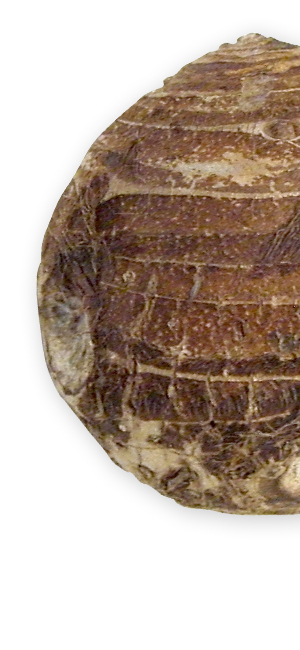| < Vegetables | |
TanyaCalladium esculentumIn 1791 the botanist William Bartram, during his trek through the south, observed Carolinians in the coastal islands eating roasted roots of a broad-leafed tropical plant with relish—a vegetable locals called a Tanyah. The plant grew readily in the marshy fields of the lowcountry. So readily, Bartram deemed the plant indigenous. But it was an introduction from the West Indies. In the following century, horticulturists grew enamored of the plant as an ornamental. It would eventually enjoy a vogue in seed catalogues as the “Elephant Ear.” But in South Carolina, Georgia, Florida, and Louisiana the Calladium esculentum—The Tanyah—became a food crop. By the 1830s Tanyah appeared regularly in the Charleston market. To visitors it remained an entire novelty. James Stuart, the British Gentlemen, encountered in in 1832: “The Tanya, a very pleasant root, somewhat resembling the Jerusale[1] m artichoke, I have seen, within the last day or two, for the first time.” The city adopted the Tanya as a local emblem. Mrs. D. M. W. in the 1880s recalled how her cook mistreated the unfamiliar vegetable when she first settled in the city: “On my arrival in Charleston, S. C, more than forty years ago, Tanyas, "Caladium esculentum" were commonly sold in the Charleston market as a vegetable; and among other things sent by a friend as gifts to us as strangers, on our first going to housekeeping, was a bag of tanyas. What was I to do with them? My Irish cook declared them to be nothing better than rotten potatoes, she " knew the nasty things well.' So they laid on the floor of the piazza till my husband came in; he said they were very nice—" Boil them a long while as you would potatoes, and eat them with plenty of butter; make them into soup with a good piece of beef." All was done as he ordered, a great dish of greyish white mealy balls appeared on the dinner table, enormous things, tinted with blue and red—very discouraging to look at, worse to eat. The next day tanya soup was carefully boiled with all sorts of condiments to make it palatable: that was better, but two or three spoonfuls were sufficient, and we have never tried tanyas as vegetables since, though I planted in my garden what remained of the brown rough balls and reaped a harvest of delight in their lovely growth, which I had then never seen in Europe.” [2] But Mrs. D. M. W.’s cook knew nothing about the proper way of preparing the vegetable. As “S” of Macon, Georgia, testified—“Here we use it as a vegetable, and them excellent washed and roasted, as potatoes are sometimes with the skins on.” [3] The Tanyah thrives in rich wet soil. The root produces numbers of offsets; these will generate shoots and produce the next generation of plants. Late March or early April were the optimum times for planting them. “They are propagated as potatoes are, from eyes or buds, and when planted, want hardly more than mere permission to grow. They will grow where no other edible root will; and independently of the value as provisions, the tanyah yields a vast cropping of foliage; thus producing for the planter a large quantity of vegetable manure, which, but for growing this root, would remain in the bog until chaos come again.” The roots were ready for use in October and could be kept in the ground without spoilage until needed for use. There was a decided debate about how to boil Tanyah roots. One sect helt that, like beets, the Tanyah should be boil with its thick skin on to keep the color from bleeding and from the vegetable from become too watery. The other sect held it should be peeled and sliced before boiling. The recipes below, the most elaborate instructions about their preparation published in America reflect the peel & slice thinking. 1. James Stuart, Three years in North America 3 vols (1833), 2: 91. 2. Mrs. D. M. W., “Some Reminiscences of the Caladium Esculentum,” The Gardener’s Monthly and Horticulturist 25 (1883), p. 14. 3. “Caladium Esculentum as a Vegetable,” The Gardener’s Monthly and Horticulturist 12 (1870), p. 202. |
 |
